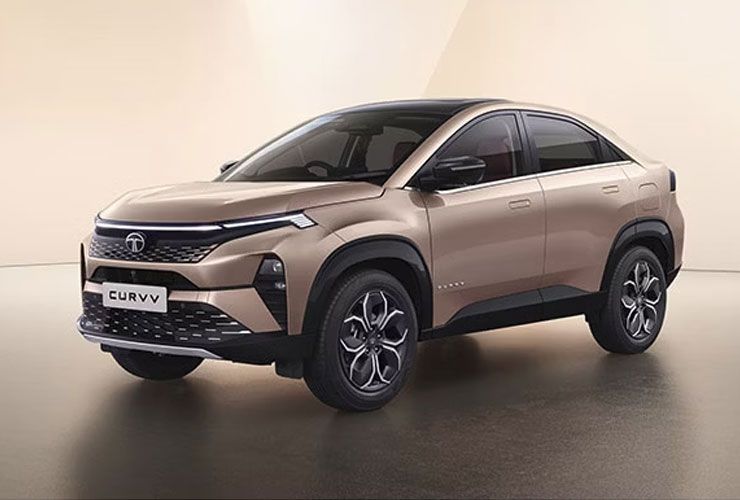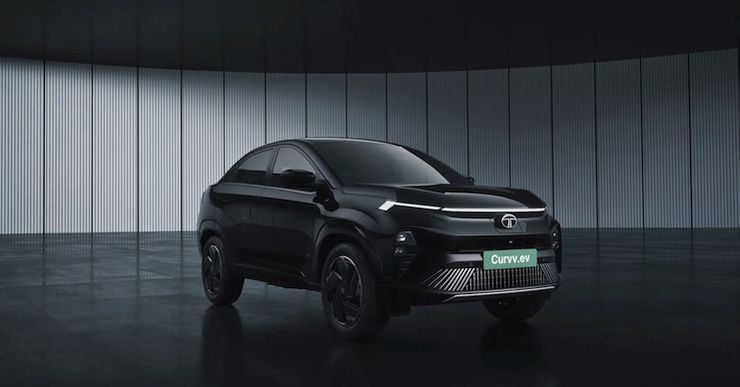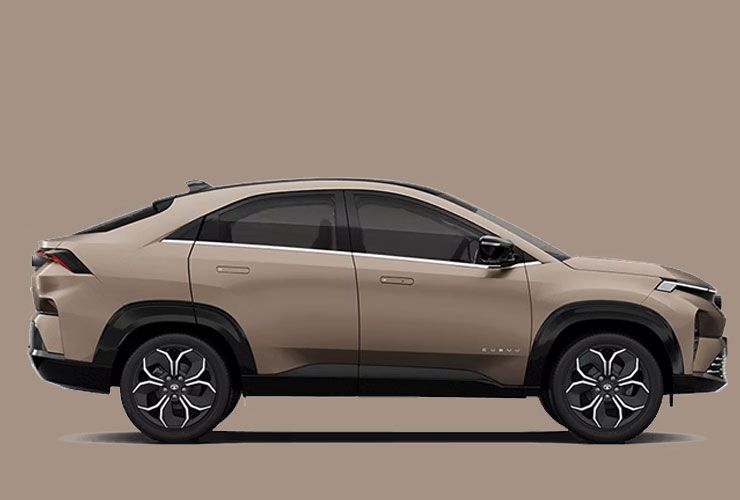Tata Curvv Sales: Silent But Steady Seller


The Tata Curvv has quietly emerged as one of Tata Motors’ most consistent performers in the utility vehicle segment over the past year. Without the fanfare or aggressive launches seen from rivals like Mahindra, the Curvv managed to build a dependable customer base by offering a mix of practicality, flexibility, and variety.

Launched first in its electric version in August 2024 and followed by petrol and diesel variants in September, the Curvv recorded 44,246 units in its first 12 months. This accounted for 8.28 percent of Tata's total passenger vehicle sales and 9.58 percent of its utility vehicle volume. For a new nameplate in a crowded segment, those numbers are solid.
What’s more notable is the pattern: the Curvv didn’t just spike at launch. It maintained a steady monthly average of 4,300 units, peaking in October 2024 with 5,351 units. Even during typically sluggish months like January and February, the model registered 3,087 and 3,483 units respectively.

The key to this consistency lies in the model’s approach to powertrains. Unlike Mahindra’s electric-only BE 6 and XEV 9e, the Curvv is offered in both electric and internal combustion engine (ICE) versions. This multi-fuel strategy gave Tata a much wider customer base. It allowed early EV adopters to try out the electric Curvv, while those still hesitant about range or charging stuck with petrol or diesel.
Tata priced the Curvv smartly too. The ICE variants start at ₹9.99 lakh ex-showroom, targeting price-conscious buyers, while the electric models are positioned higher at ₹17.49 to ₹22.24 lakh. With eight trims each for the ICE and EV versions, customers have plenty of configurations to choose from - whether they’re looking for entry-level features or more premium tech.

Under the hood, the ICE models get a 1.2-litre turbo-petrol (with 118 bhp or 123 bhp tunes) and a 1.5-litre diesel producing 116 bhp, with both manual and automatic gearbox options. The EV gets two battery packs: a 45 kWh version with a claimed range of 430 km and a 55 kWh pack offering up to 502 km. Power figures for the electric models are 148 bhp and 165 bhp respectively.
The Tata Curvv may not have broken the internet with its styling or features, but its success stems from clarity of purpose. Tata didn’t try to reinvent the wheel. Instead, it offered a familiar platform (built on the Nexon’s underpinnings), equipped it with a range of powertrains, priced it sensibly, and made sure there was something for everyone. This approach has ensured that the Curvv doesn’t just attract eyeballs but converts them into sales.
The model’s steady monthly numbers and ability to maintain momentum in a volatile segment show that customer trust can be built quietly. As infrastructure slowly improves and more buyers warm up to EVs, the Curvv is already well positioned. Its established presence gives it room to grow organically, whether EV adoption accelerates or not.